Fede Valverde once said that he could spend all day watching Steven Gerrard play; his coach sometimes feels like he still is, and no one is better placed to see it or make it so. Xabi Alonso had been in charge at Real Madrid for just two games when he said that the Uruguayan reminded him of his former partner in the Liverpool midfield. “ I haven’t seen many players with his physical performance,” he said. “I’m very happy to be coaching him. Every manager would like a Valverde on the team.”
Coming from Alonso, it was quite the compliment. There was always something special between him and the Liverpool captain. Gerrard described the Spaniard as “pure quality, a class act on the pitch and a gentlemen off it,” and was “devastated” at his departure, writing: “I missed you every day from the moment you left.” Alonso said that Gerrard was the better player, the man with whom he won the European Cup, scoring six minutes apart, and shared the Istanbul kiss that inspired endless fan fiction; the man he once called “my hero, my mate”.
In truth, it is also not entirely new. Valverde is 26 now, no unknown kid, and there has always been something of Gerrard about him which didn’t go unnoticed. He is the player to whom Toni Kroos gave his No 8 shirt and that Carlo Ancelotti described as the most important in the team, a man whose only flaw was that he was too humble. In 2022, Ancelotti promised to tear up his licence if the Uruguayan didn’t score at least 10, and he didn’t have find a new profession. But as Alonso builds a new Madrid, a structure and system to make sense of it all, the early signs are that Valverde may be more Gerrard than ever, guided by a manager and former player who grasps that better than anyone.
“Fede can play anywhere,” Alonso said, but getting it right also means recognising the things he can not do, and in that too there are parallels with Gerrard. At Liverpool, it was about the balance: Javier Mascherano and Alonso did the things Gerrard couldn’t, allowing him to do the things he could. His game was not about positioning, controlling the timing, the flow; in that sense, Alonso always understood, Gerrard wasn’t a great midfielder. But release him and he was as good as it gets. “Physically, technically, being able to make special moments,” Alonso said.
“Alonso used to allow me to play as a No 10, so I could get more shots on goal, more goals, more assists,” Gerrard recalled in an interview in 2023. “Gerrard’s an idol, a star, an incredible player with those diagonal passes, the shooting, busting through with the ball. I could spend 24 hours watching him,” Valverde told the Guardian two years before that. And to listen to Madrid’s new coach is to hear a similar process being repeated; what he did for Gerrard as a player, can he do for Valverde as a coach? It is something he appears willing to try, encouraged to do so by qualities and by limitations too, a realism to go with the fondness.
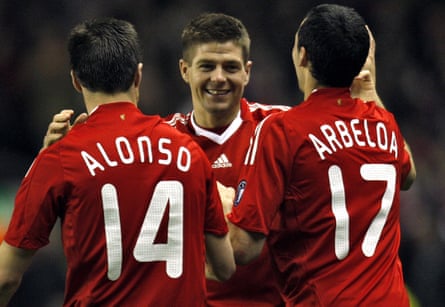
At times it can seem like Valverde has four lungs and, Ancelotti always said, everyone else benefited from him. The only person that didn’t benefit from Valverde, it sometimes seemed, was Valverde, the coach asking him to be a bit more arrogant sometimes. He played much of last season at right-back, and he was good at it too. Better in fact than in the position that had seemed to be saved for him: he had taken Kroos’s shirt, but could not emulate his game. Now that deep midfield position is a starting point, not a place to play.
One of the most intriguing lines in Alonso’s opening press conference as Madrid manager was the statement that Jude Bellingham was a midfielder, not a forward. Alonso mentioned the need for “efficiency” in the Englishman’s game, to create parameters within which to play after two seasons – the first, spectacular year in particular – where he was about arriving in the area, scoring.
Now, at least to start with at this Club World Cup, both tournament and testing ground, the roles have been inverted. Bellingham is controlled, Valverde released. It is early still but habits are being formed, history repeating itself, Liverpool offering a model for Madrid.
“I see Fede in many places, like I did with Steven,” Alonso said. “But given the shape we have and the balance we need, starting from that slightly deeper position, from the second line, that double No 6, he can arrive [in the other area]. He has that ability to accelerate through, to go through lines very easily and in 30 metres, be there [in shooting positions].
after newsletter promotion
“We are using him in that position and it’s working well. We know his qualities, we know that his best virtue is not receiving back to goal and turning but to see the game in front of him and, starting from a bit deeper [than a forward], arrive. He has scored twice and he has that ability to accelerate and get close to the area.”
It is early still and the sample size is small, but no midfielder here has had more touches in the opposition area than Valverde. He is getting twice as many as he did last season: from 1.4 per game in the league and 0.7 per game in the Champions League to 3.6 per game here. Only four players have more shots, and they are all strikers. Against Juventus, Valverde took aim six times. Only Juventus keeper Michele Di Gregorio prevented him from scoring. “I’m even doing overhead kicks now,” Valverde joked after the game. “Before I didn’t; I didn’t even know how.”
“I’m happy, I’m enjoying this. I am trying to make the most of every minute, giving all my energy until my body can’t give any more, like today when I asked to come off.”
It was the 90th minute when he finally made way, and under the stands at the Hard Rock Stadium, a familiar name came up again. Your manager is talking about you like the player he admired most, he was told. “I’m happy; when someone like Xabi Alonso talks about you like that, it’s an honour, it makes you proud, and it encourages you to keep working,” Valverde said. “But in the end, I’m Fede Valverde, a Uruguayan who plays for Real Madrid and is fulfilling a dream.”

 8 hours ago
2
8 hours ago
2

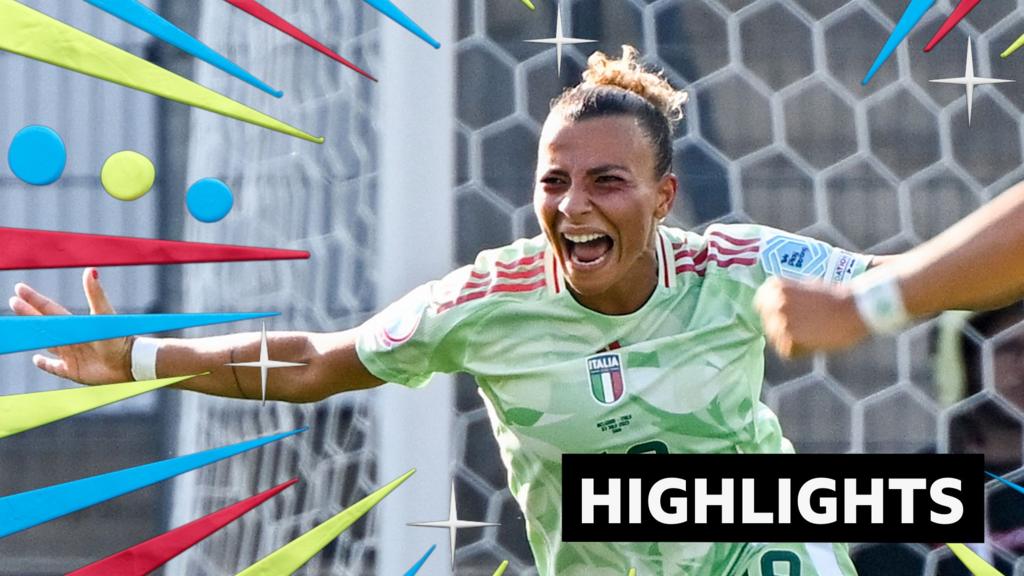
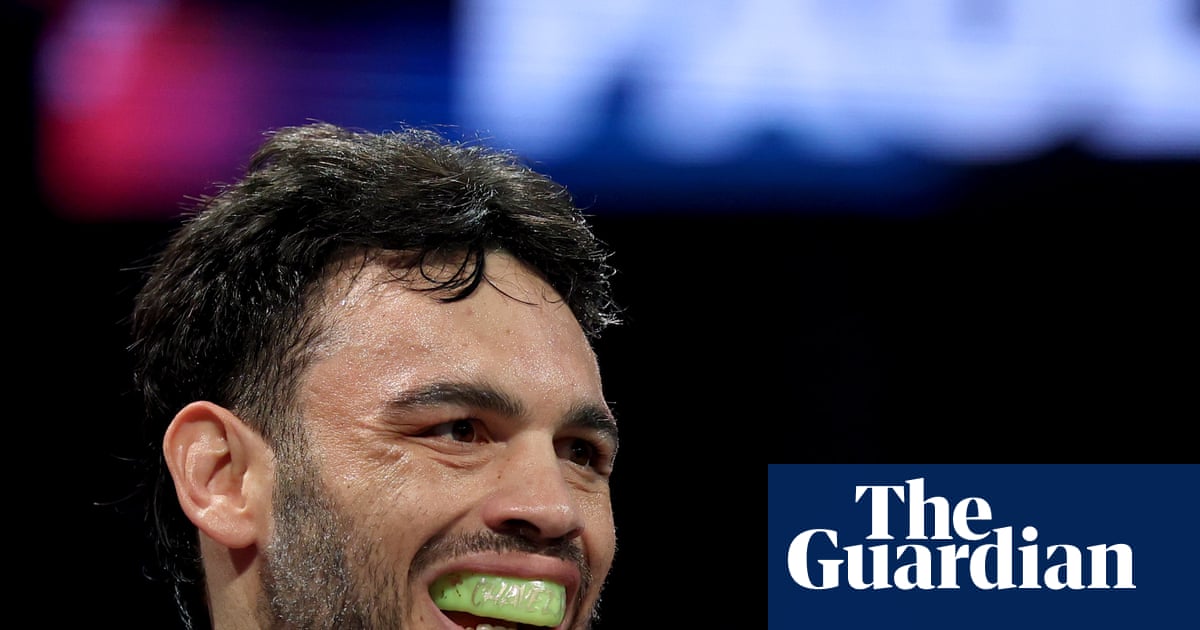


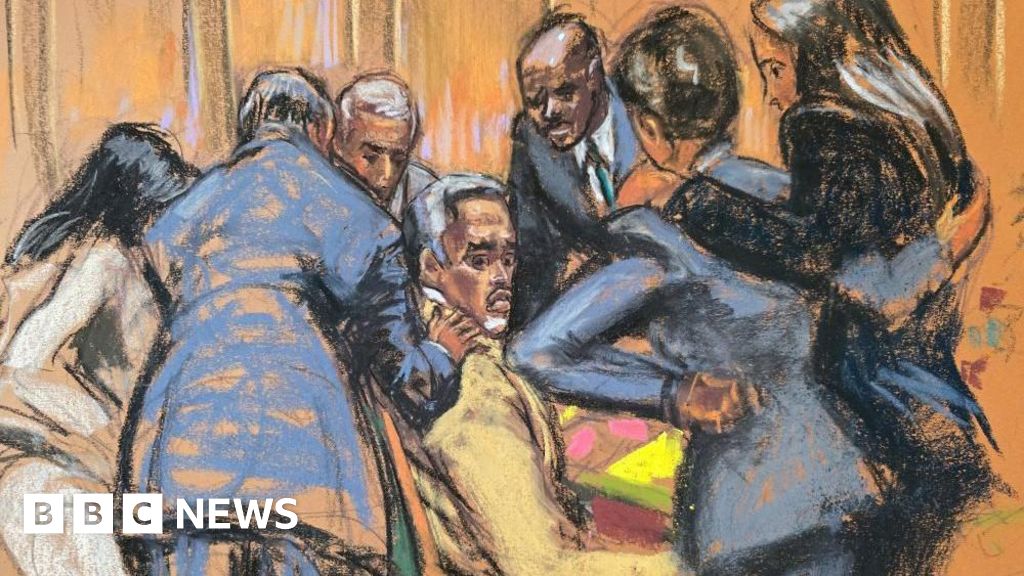
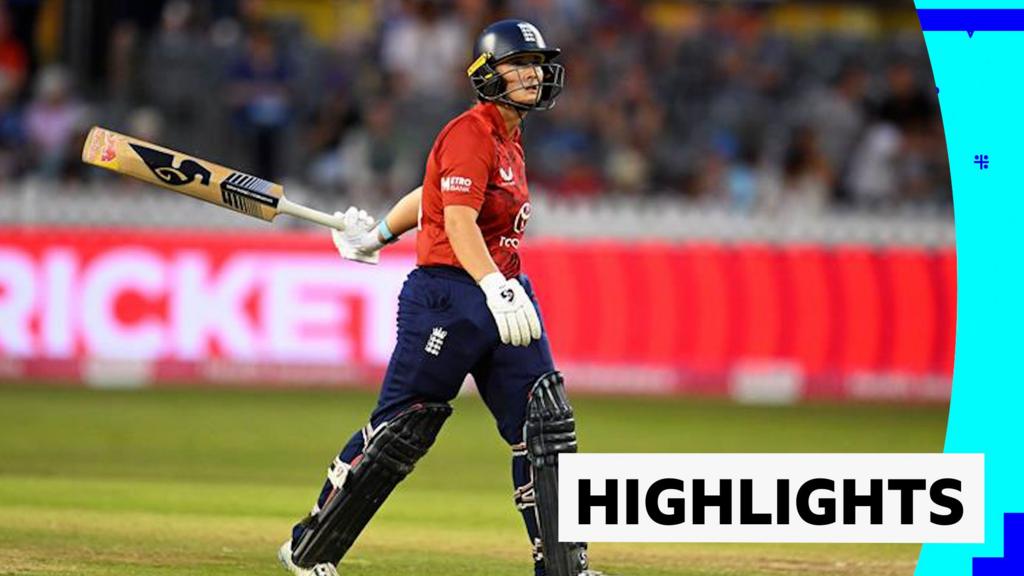



 English (US)
English (US)